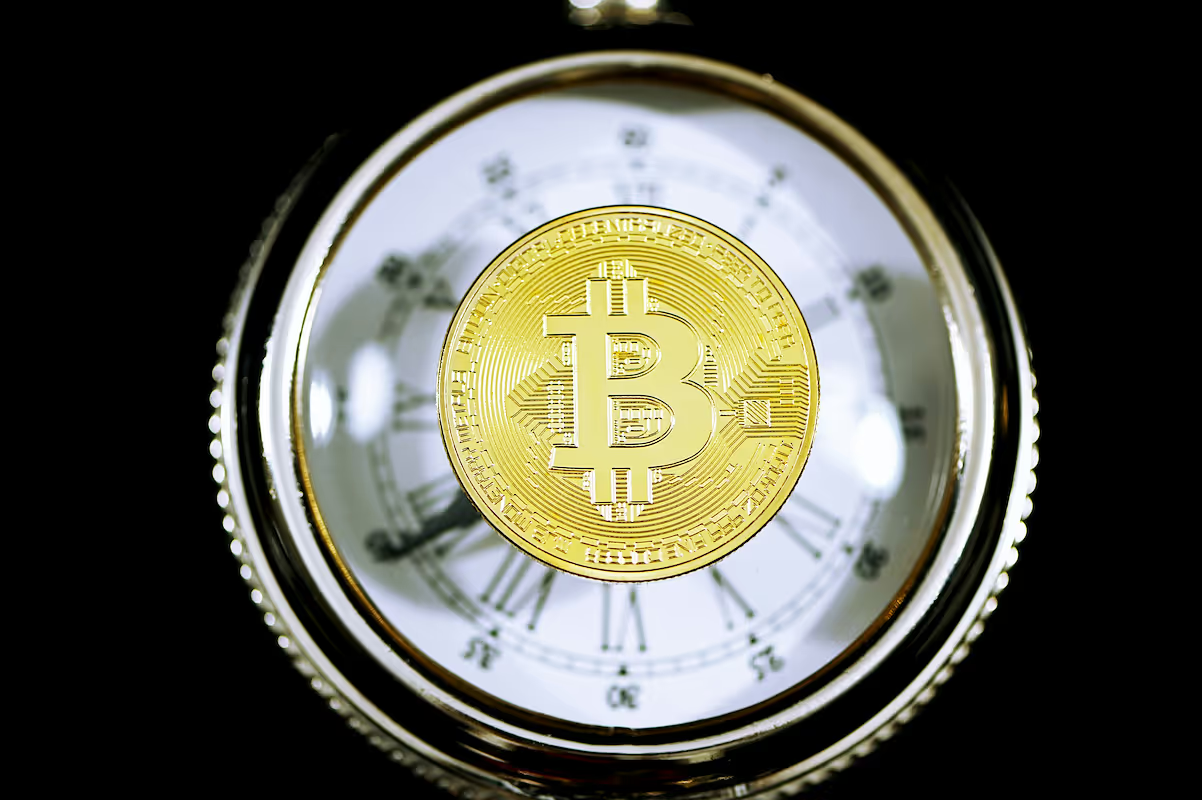Key Takeaways
- Digital Representation: A token is a digital representation of an asset or utility on a blockchain.
- Smart Contracts: Tokens are built using smart contracts, which define their rules and functions automatically.
- Broad Utility: They can function as currency, company equity, or access to a specific service.
What is a Token?
A token is a unit of value issued by a project on a blockchain. Unlike Bitcoin (BTC), which is native to its own network, tokens are typically built on existing platforms like Ethereum using smart contracts. They can represent a specific asset or utility. For example, a project might issue 1,000,000 tokens, each initially priced at $0.10, to fund its development.
Tokens have a vast range of functions beyond simple currency. A token might signify ownership in a company, grant voting rights in a decentralized autonomous organization (DAO), or act as a key to access a service. Imagine a token that represents one square foot of a digitally-twinned building or another that gives you 100 gigabytes of decentralized storage.
Token Use Cases in Banking and Bitcoin
Tokens are transforming financial services by creating digital versions of real-world assets. This innovation extends even to established cryptocurrencies like Bitcoin, allowing its value to be used on other networks for new applications.
- Assets: Representing items like real estate or art on a blockchain for easier trading.
- Ownership: Dividing high-value assets into smaller, more affordable digital shares.
- Settlements: Reducing transaction times for complex financial trades from days to minutes.
- Interoperability: Using wrapped Bitcoin (WBTC) to access decentralized finance (DeFi) on other chains.
- Automation: Building automated financial products through smart contracts.
Token Security and Risks
While tokens inherit the cryptographic security of their host blockchains, they also present distinct vulnerabilities. The integrity of a token is directly tied to the quality of its smart contract code.
- Security: Transactions are permanent and cryptographically secured on the blockchain, making them very difficult to alter.
- Bugs: Flaws in a smart contract can be exploited by attackers, potentially resulting in a total loss of funds.
- Volatility: Token prices can change rapidly based on market speculation, project news, and regulatory shifts.
- Custody: Users control their own assets, but losing the private keys means the tokens are permanently inaccessible.
Token Standards and Types
Token standards are established frameworks that define the core functions and rules for new tokens on a blockchain. These blueprints promote interoperability, allowing wallets, exchanges, and applications to interact with any token following that standard. This has given rise to several distinct token types, each with a specific purpose.
- Fungible (ERC-20): Interchangeable tokens where each unit is identical to the next, ideal for creating currencies.
- Non-Fungible (ERC-721): Unique tokens that represent ownership of a one-of-a-kind asset, such as digital art.
- Semi-Fungible (ERC-1155): A flexible standard that can manage both fungible and non-fungible tokens in one contract.
- Security: Digital assets that represent an investment and are subject to federal securities regulations.
Token Integration with Financial Systems
This is how you connect token-based systems with established financial infrastructure.
- Define the real-world asset to be tokenized and establish the legal and regulatory compliance framework for its digital representation.
- Select a suitable blockchain and token standard, such as ERC-20 for fungible assets or ERC-721 for unique items, to build the digital asset.
- Develop secure APIs and use oracles to link the token's smart contract with external data feeds and traditional payment systems for real-time valuation and settlement.
- Issue the tokens to qualified participants and provide a platform for managing, trading, and redeeming them in accordance with financial regulations.
Future Trends in Token Adoption
The tokenization of real-world assets will accelerate, making items like commercial real estate and fine art divisible and tradable on-chain. This will create new markets and improve liquidity for traditionally illiquid assets. More complex financial instruments, from corporate bonds to carbon credits, will also be issued as native digital tokens.
We will see deeper integration with existing financial plumbing, as tokens become a core component of settlement and clearing systems. Furthermore, tokens will form the basis for new models of digital identity and decentralized governance, giving individuals greater control over their personal data and a direct say in the operation of online platforms.
The Lightning Network: A New Protocol for Tokens
The Lightning Network, a Layer 2 solution for Bitcoin, is now a platform for token issuance. Protocols like Taproot Assets permit developers to create new assets on the Bitcoin blockchain and transact them instantly over Lightning channels. This architecture allows stablecoins and other tokenized assets to gain Bitcoin's security while operating with the high-speed, low-cost settlement of the Lightning Network. This development expands Bitcoin's core functionality, transforming its payment network into a multi-asset system.
Join The Money Grid
To access the full potential of digital money, you need a global payments network built on Bitcoin’s open foundation. This infrastructure gives you the tools to issue stablecoins and move tokenized assets instantly across the Lightning Network. Lightspark is building this system, making money move like information on the internet—instantly, securely, and at a fraction of today's costs.


